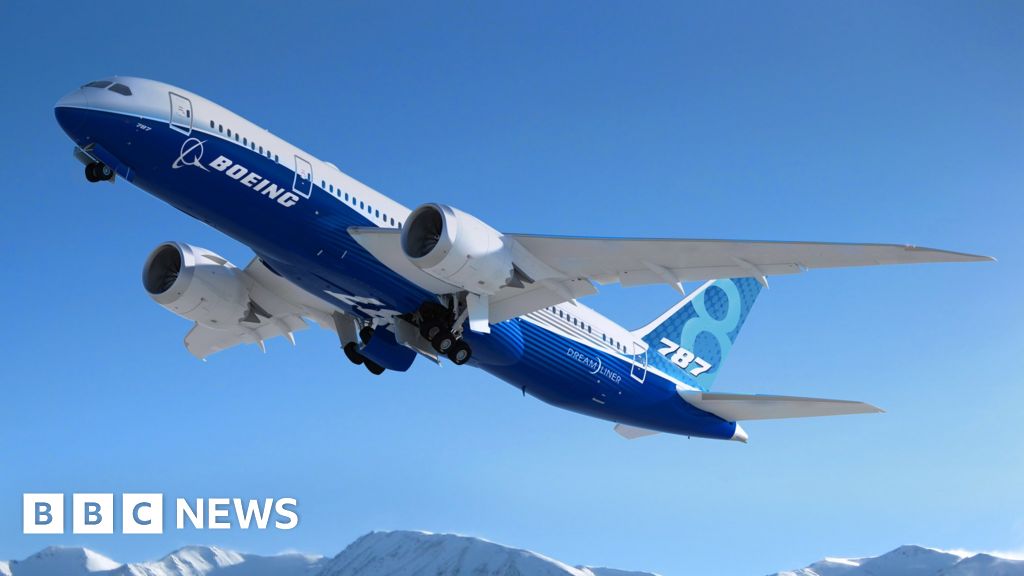It's impossible for mere travellers like me to know whether these claims are factual or grandstanding:
Former quality manager says Boeing was driven by cost and schedules above safety, which it denies.

www.bbc.com
However they are very detailed.
Muckraking, sensationalism or 'on the money?'
What do AFFers with a technical or aviation background think?
The claims are detailed, but that doesn't mean they're true. On the other hand, the wording of the repudiation by Boeing is suspect as well.
I wasn't aware of it, but a bit of research today would indicate that the 787 has a passenger oxygen system that is different to every other airliner. Up until now, there have been two possible systems. You either have a few very large high pressure oxygen bottles, with plumbing to all of the seats, or you use chemical oxygen generators, with systems installed over every seat. The gaseous systems have the advantage of containing a great amount of oxygen, normally well over an hour. The chemical systems are simpler, but have limited amounts of oxygen, in the region of 10-18 minutes.
The gas systems can be turned off, and can also be reset in flight. The chemical systems are single use. Once a mask is pulled down, they can't be stopped, and must be replaced.
The 787 would appear to be a mix of the two. Basically there are many small oxygen bottles, with each bottle serving 4-6 seats. They are fired pyrotechnically, so once activated, they will need to be physically replaced. They save on plumbing, which probably means a bit of weight. Boeing apparently claimed they'd all been tested...but you can't test pyrotechnics, only the firing circuits.
To be honest, I'm not sure that I like what I read about the system. The old gaseous systems were reliable (there was only ever one failure, amongst untold installations). If accidentally activated, it was no big deal to reset them, and nothing was used up. The 787 system doesn't seem any less complicated, it has reliance upon electrically actuated pyros and accidental activation will be a big event.

 www.bbc.com
www.bbc.com

















